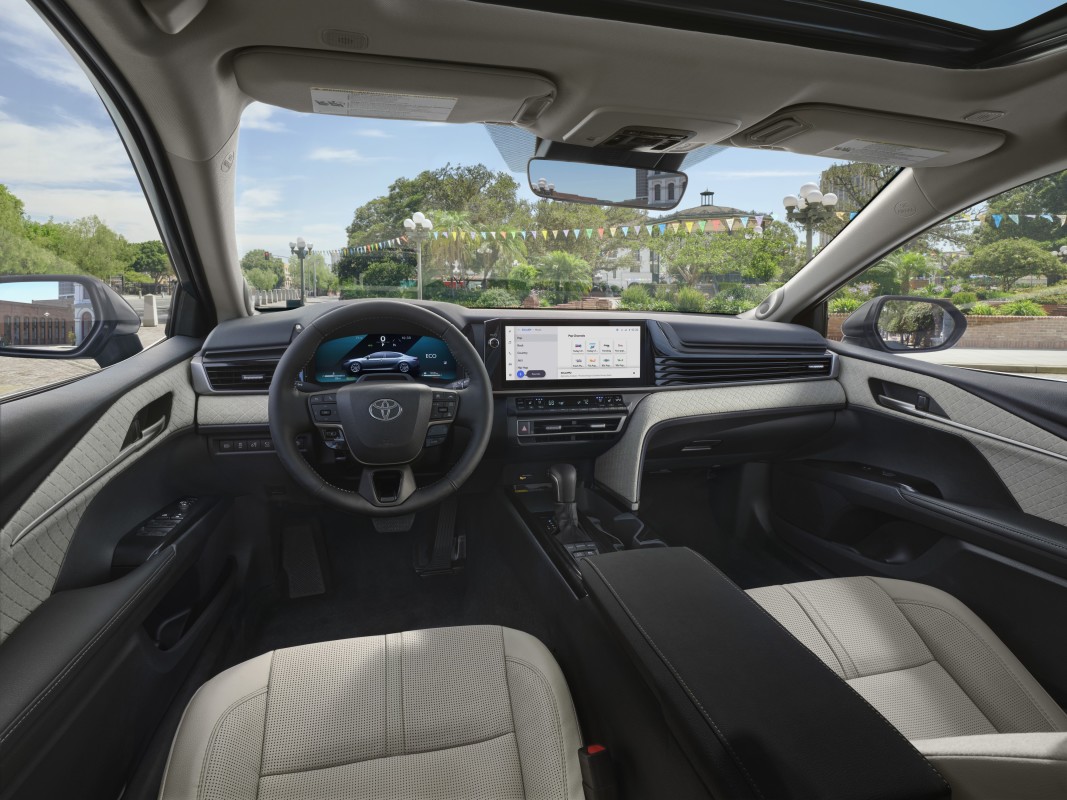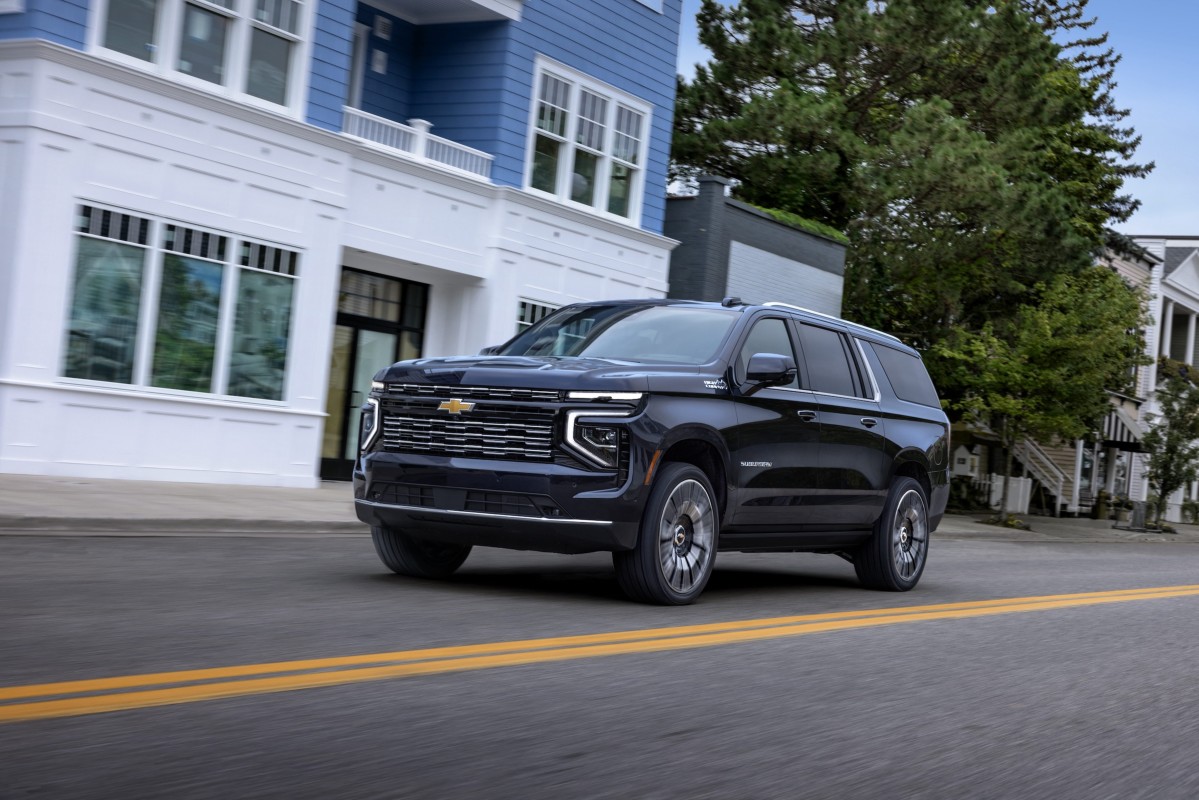Blind spots are the new safety issue
Today’s new cars offer a litany of cool, groundbreaking technology, whether it’s smartphone integration features like Apple CarPlay and Android Auto, cameras capturing 360-degree views around the vehicle, or ‘safety suites’ that help prevent collisions with other cars and pedestrians.
Although significant advances have made cars faster, more efficient, and safer, data from the Insurance Institute for Highway Safety (IIHS) show that over the 25-year period from 1997 to 2022, pedestrian and bicyclist fatalities on U.S. roads have increased by 37% and 42%, respectively. A new study produced using new technology developed by safety experts at the IIHS shows that there could be another factor in this unfortunate phenomenon.

Toyota
IIHS-developed tech exposed the truth about cars’ visibility
In a new study led by researchers from the U.S. Department of Transportation’s Volpe Center, new technology developed by the IIHS was used to measure the driver’s direct area of vision around a vehicle to examine how vehicle design factors in driver visibility and the risk of getting into a crash.
They found that over the course of multiple redesigns from 1997 to 2023, six popular cars sold in the United States, the Chevrolet Suburban, Ford F-150, Honda Accord, Honda CR-V, Jeep Grand Cherokee, and Toyota Camry, got progressively harder to see out of over the 25-year span they existed on the market.
Chevrolet
View the 6 images of this gallery on the
original article
The IIHS-developed tech uses computational software and a portable, adjustable 360-degree camera that can be mounted at various heights to represent different-sized drivers. The software then takes the images from the 360-degree camera and turns them into a blind zone map. This map gives an overhead view of the vehicle, shows the closest spots on the ground that the driver can see, and calculates a percentage that reflects how much of the area around the vehicle is visible.
The Center and the Institute looked at how well a theoretical driver could see out front of their cars within a 10-meter radius, which is roughly the distance a driver needs to stop when going 10 mph, a speed at which blind spots can really contribute to accidents. The researchers then figured out the percentage of the 180-degree area in front of the car that is clear of obstacles that can block the view, like the hood, rearview mirror, and A-pillars.

Chevrolet
According to the IIHS, SUVs and crossovers saw some of the sharpest reductions in forward vision space. Their data shows that 1997 Honda CR-V drivers can see 68% of everything 10 meters ahead, but that 2023 CR-V drivers could see just 28% across the same distance. The bigger Chevrolet Suburban showed similar results. The cameras showed that drivers in the 2000 Suburban were able to see 56% of the area 10 meters in front of them, but just 28% across the same distance in the 2023 model.
The researchers found that in both the CR-V and the Suburban, the blind zones got smaller because of a taller hood that blocks more of what’s in front, combined with bigger side mirrors that mess with the view at the front corners. The IIHS also found that the forward visibility provided by the F-150 declined, although it already started from a low percentage from the outset. Despite its rounded design, drivers in the 1997 F-150 were only able to see 43% of the forward area within a 10-meter radius, which dropped to just 36% by the 2015 model year.
However, sedans performed better than SUVs and trucks, although they also suffered from the same issues. Forward visibility in the 2003 Honda Accord was 65%, dropping to just 60% for the 2023 model year. The Accord’s main competitor, the Toyota Camry, saw similar results; drivers in the 2007 Camry had 61% forward visibility, dropping to 57% in the 2023 model.
Final Thoughts
The new data shows that new cars are harder to see out of than ever before. However, the fact that SUVs and crossovers are hotter than ever before, combined with the fact that there’s a design-inflicted decline in the ability to see out of them, means we may have a serious problem on our hands.
“These results are notable because we already know that the portion of SUVs in the U.S. fleet grew substantially over these years as well,” said IIHS Senior Research Engineer Becky Mueller. “If further research confirms that these changes reflect a general change, that would suggest that declining visibility in SUVs has compounded the effects of taller, blunt-nosed vehicles that IIHS has already documented.”